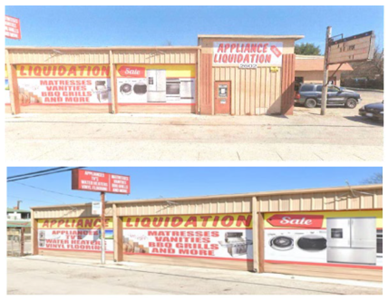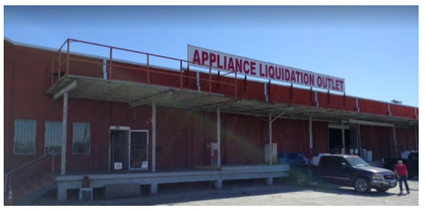The UK Court of Appeal found that the UK High Court of Justice applied flawed reasoning in setting a global fair, reasonable and non-discriminatory (FRAND) royalty rate for a patent portfolio essential to 3G, 4G and 5G cellular technologies. Interdigital Tech Corp. et al. v. Lenovo Group Limited, Case Nos. CA-2023-001489; -001492 (July 12, 2024) (Arnold, Nugee, Birss, LJ.) The Court of Appeal not only concluded that a higher rate was appropriate but applied the rate to sales prior to the limitations period.
In March 2023, the High Court issued its decision in InterDigital v. Lenovo, concluding that Lenovo should pay InterDigital a FRAND rate of $0.175 per cellular unit for a worldwide license to InterDigital’s portfolio. The High Court also found that Lenovo should pay the FRAND rate for all previous unlicensed sales, even if those sales occurred before the statutory damages limitation period. The High Court calculated that the $0.175 rate yielded a lump sum payment from Lenovo to InterDigital of $138.7 million for sales from 2007 to the end of 2023. The High Court’s FRAND rate determination was closer to Lenovo’s offered rate of $0.16 per unit than to InterDigital’s demand of $0.498 per unit. Both parties appealed.
Lenovo argued that the High Court wrongly found that Lenovo should pay a royalty for sales made outside of the six-year limitation period. The Court of Appeal disagreed, finding that the statute of limitations period has no role to “play in a determination of FRAND terms between (necessarily) a willing licensor and a willing licensee.” The Court of Appeal explained that a willing licensor would not “refuse to pay whatever license fees were eventually determined to [be] applicable” to products outside the limitations period and would not be considered willing if it refused. The Court of Appeal concluded that a willing licensee would not try to benefit from delay in agreeing FRAND terms or payment of FRAND royalties and, therefore, would pay with respect to all past units. From a policy perspective, the Court of Appeal noted that there should not be an incentive for the licensee to delay negotiations to minimize the amount it should be required to pay.
InterDigital challenged the per unit rate set by the High Court, including the rate derived from one of the comparable licenses and the adjustments made to reflect Lenovo’s position vis-à-vis the licensee. The Court of Appeal found that the High Court’s rate determination was internally inconsistent because it found that InterDigital had been forced to heavily discount past sales and this aspect was not FRAND while also declining to make any correction to the blended rate that had been derived from the license to account for non-FRAND factors. The Court of Appeal also found that the High Court did not properly justify rejecting InterDigital’s allocation of the lump sum paid by the licensee between past sales and future sales, which would have led to a higher rate.
The Court of Appeal conducted a detailed review of the [...]
Continue Reading
read more


 Subscribe
Subscribe




